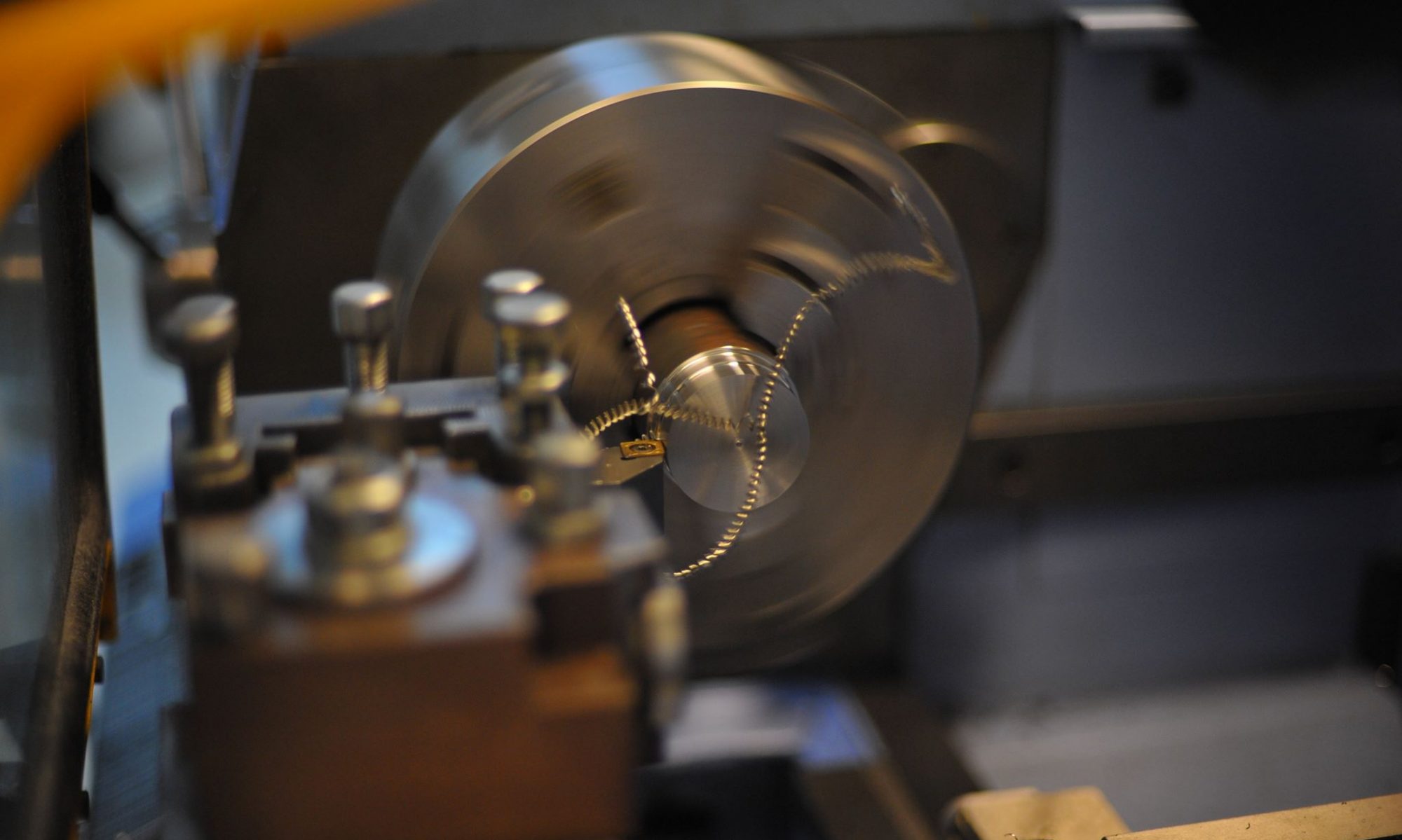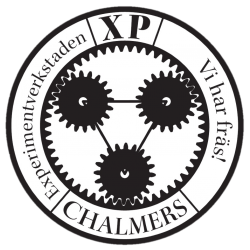OUR FILAMENTS
Here you will find some useful information about the materials we use in our 3D printers. Note that not all printers can handle all of the materials. In the submenu of "3D printers" = > "Our 3D printers" You will find more information about what applies to each 3D printer.
PLA (Polylactic Acid)
PLA is the most common and the most easily printed type of filament. It is relatively strong but is fragile at high loads and has a low glazing temperature of around 60 ° C. This means that the plastic begins to soften and become responsive at this temperature, which makes it not suitable for applications in warm environments. Unlike fossil-based plastics, PLA is biodegradable and emits no health-damaging gases, which means that it can be written in open environments without problems. It also has low tendencies to depress during printing (warping) and if you stay below 30% completion (infill) then no heated chamber is generally needed.
| Guidelines | First Layer | Remaining stock |
|---|---|---|
| Nozzle | 220-230 °c | 200-220 °c |
| Building Plate | 0-60 °c | 0-60 °c |
| House | 0-40 °c | 0-40 °c |
| Speed | 15-40 mm/s | 30-90 mm/s |
| Cooling fan | 0 | 50-100% |
ABS (Acrylonitrile Butadiene Styrene)
ABS is another very common plastic used in 3D printing. It is generally stronger and more flexible than PLA and has a higher glazing temperature of about 105 ° C. Due to its strong tendency to warping, a heated building plate and an enclosed chamber, or a heated chamber that can hold an air temperature of at least 50 °c, are required. ABS is broken down by acetone which can be used if you want to get completely smooth surfaces where the layer-on-layer effect is masked through an acetone-steam bath. Heating of ABS produces a lot of health-damaging and odorous gases, which means that only our ZYYX Pro is suitable for printing in this material.
| Guidelines | First Layer | Remaining stock |
|---|---|---|
| Nozzle | 230-250 °c | 220-240 °c |
| Building Plate | 80-100 °c | 80-100 °c |
| House | 50-80 °c | 50-80 °c |
| Speed | 15-40 mm/s | 30-90 mm/s |
| Cooling fan | 0 | 0-50% |
PET/PETG (polyethylene terephthalate)
PETG is a modified variant of the copolymer found in ordinary PET bottles and is a plastic that has lately become very popular in 3D printing. It is about as strong as ABS, but much easier to print and begins to decompose at around 88 ° C. It can be said that PETG combines the best of both worlds with PLA and ABS and is suitable for most applications that ABS is suitable for and is in addition to this even food safe.
NOTE: Due to PETG's strong adhesion, this plastic must not be printed directly on glass or PEI without applying a protective layer of glue pins.
| Guidelines | First Layer | Remaining stock |
|---|---|---|
| Nozzle | 230-265 °c | 230-265 °c |
| Building Plate | 50-60 °c | 50-60 °c |
| House | 50-80 °c | 50-80 °c |
| Speed | 10-40 mm/s | 20-60 mm/s |
| Cooling fan | 0 | 20-50% |
Nylon
Nylon is a material that has existed since the 1930 century, with good mechanical properties and very good bonding between the layers. It has low surface friction which makes it suitable for moving parts, such as gears. Its glazing temperature is approximately 155 °c and is relatively difficult to print as it shrinks and deformations like ABS. Nylon is also extremely hygroscopic and absorbs light water vapor in the environment. It may therefore need to be wiped in our filter dryer before it is used.
| Guidelines | First Layer | Remaining stock |
|---|---|---|
| Nozzle | 220-265 °c | 220-265 °c |
| Building Plate | 70-80 °c | 70-80 °c |
| House | 50-80 °c | 50-80 °c |
| Speed | 15-40 mm/s | 30-60 mm/s |
| Cooling fan | 0 | 0 |
NinjaFLEX
One of the most common flexible materials used in 3D printing. It starts to decompose around 60 ° C and because the material is flexible, it is relatively difficult to print. It easily sticks to the printer when feeding and requires carefully selected settings for the printers we have, since none of the heads we have are custom made for the purpose. Increase the extrusion multiplier by approximately 30% in case there are no tuned profiles available for the printer you want to use.
| Guidelines | First Layer | Remaining stock |
|---|---|---|
| Nozzle | 220-230 °c | 200-230 °c |
| Building Plate | 0-60 °c | 0-60 °c |
| House | 0-50 °c | 0-50 °c |
| Speed | 10-20mm/s | 10-30mm/s |
| Cooling fan | 0 | 50-100% |
For more information, visit our friends at Chalmers Robotföreningswikipedia

